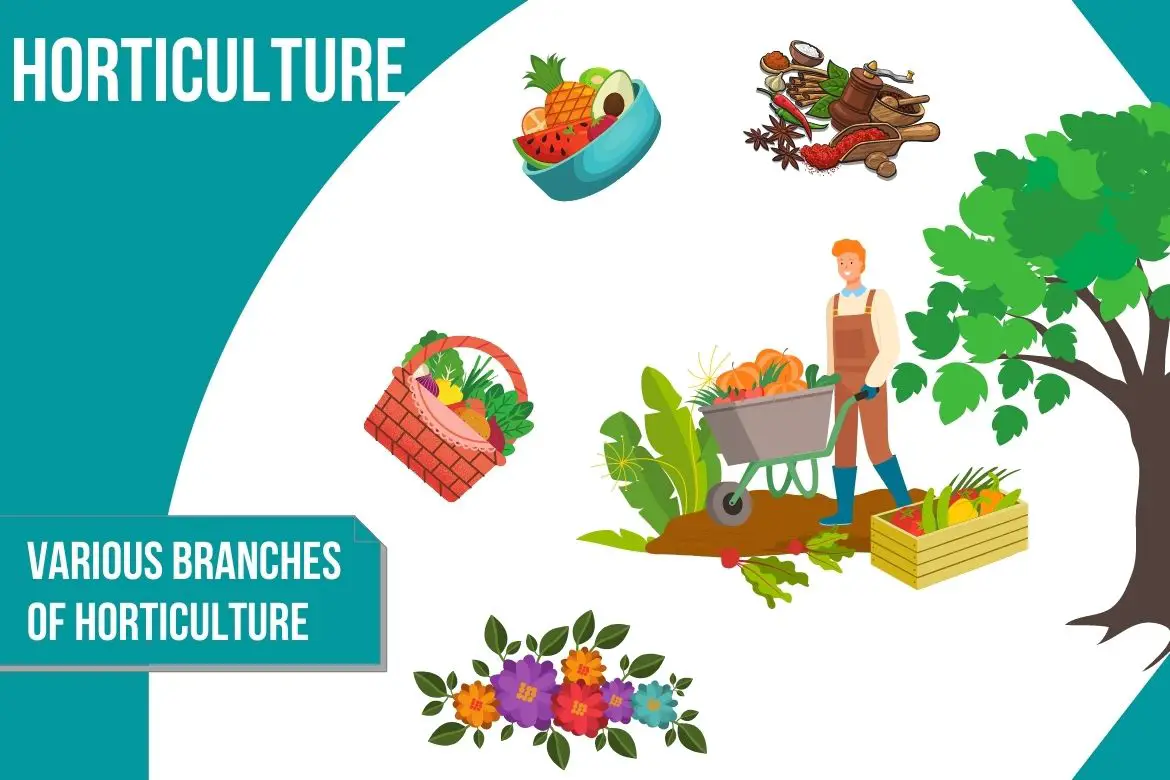Introduction
The word horticulture is a combination of two Latin words HORTUS meaning “garden” and CULTURA meaning “cultivation”. The term horticulture literally translates to “garden culture.”. However, it now encompasses a broader range of practices.
The gardens used to be enclosed with high walls or other similar structures in older times.
In the enclosed areas, fruit, vegetables, flowers, and ornamental plants were grown. Hence, horticulture, in its original sense, refers to the cultivation of plants in enclosed spaces.
Compared to field crops, horticulture crops are farmed more intensively. A horticultural crop’s propagation, training, pruning and harvesting require specialized skills and varies from crop to crop.
Definition of horticulture
<blockquote>Horticulture is a science and technique of production, processing and merchandising of fruits, vegetables, flowers, spices, plantations, medicinal and aromatic plants.</blockquote>
Horticulture and science have a direct relationship. Among the most closely related fields of science to horticulture is botany. Essentially, botany is the study of plants and the processes they go through.
Science related to the cultivation of horticultural plants is called horticulture science.
Horticulture technology is the application of science to the field of horticulture.
The horticulture industry incorporates scientific, technological, and production methods.
Branches of horticulture
A wide variety of crops fall under the scope of horticulture. There are several branches of horticulture depending on the type of crops that are grown.
Following are various branches of horticulture:
1 . Pomology – Cultivation of fruit crops (pomum – fruits, logy – science)
2 . Olericulture – Cultivation of vegetable crops (oleris – pot herb)
3 . Floriculture – Cultivation of flower crops
4 . Plantation crops – Cultivation of plantation trees such as rubber, coffee, coconut, areca nut etc
5 . Spices – Cultivation of spices
6 . Medicinal and aromatic plants (MAPs) – Cultivation of medicinal or aromatic plants
7 . Plant propagation – Methods of propagating plants
8 . Post harvest technologies – It involves post harvest handling, grading, packaging, storage, value-adding, marketing, etc. of horticulture crops.
I . Pomology
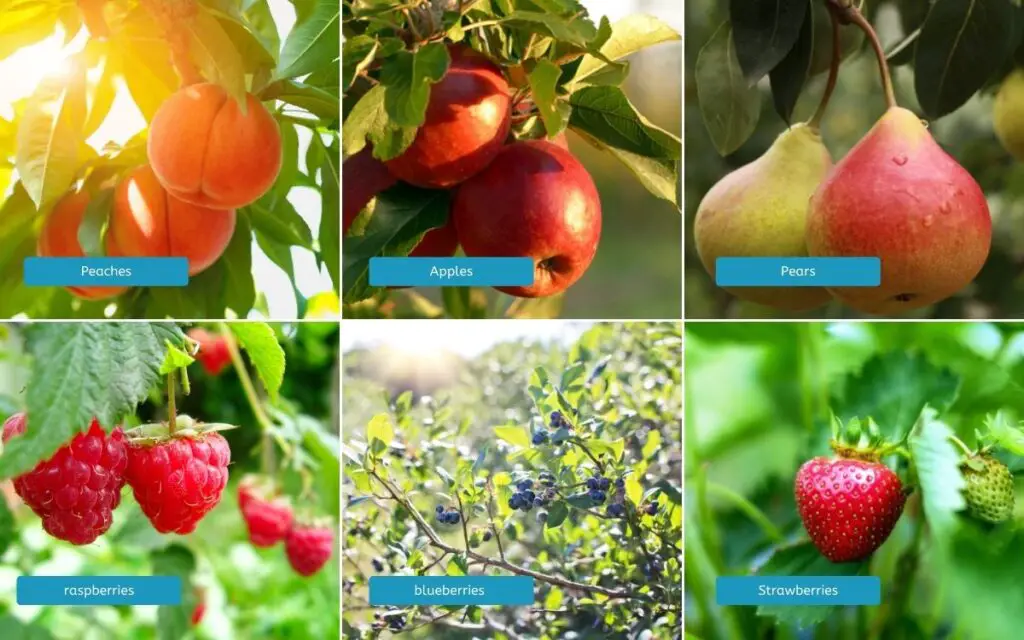
Pomology is the study of the cultivation, harvesting, storing, processing, and marketing of fruit and nut crops.
Both large and small fruits are included in fruit crops. Peaches, apples, and pears are examples of large fruits. Strawberries, raspberries, and blueberries are examples of small fruits. Popular nut crops include almonds, pecans, and walnuts.
II . Olericulture
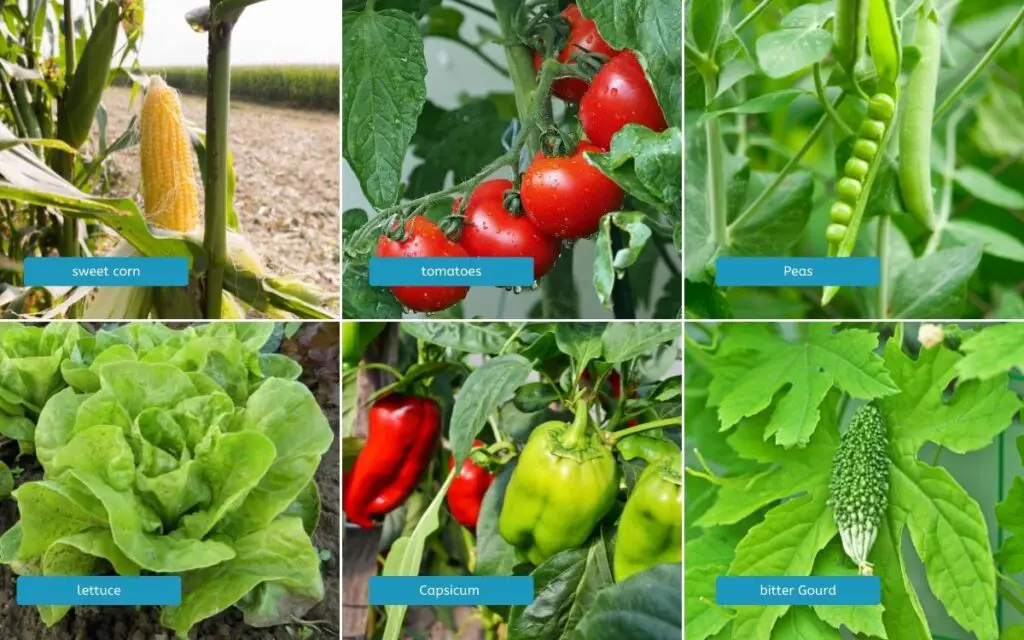
Olericulture is a field of horticulture that focuses on producing vegetable food crops. The practice of olericulture involves planting, harvesting, storing, processing, and marketing vegetable crops. A few examples of vegetable crops include sweet corn, tomatoes, snap beans, and lettuce.
III . Floriculture
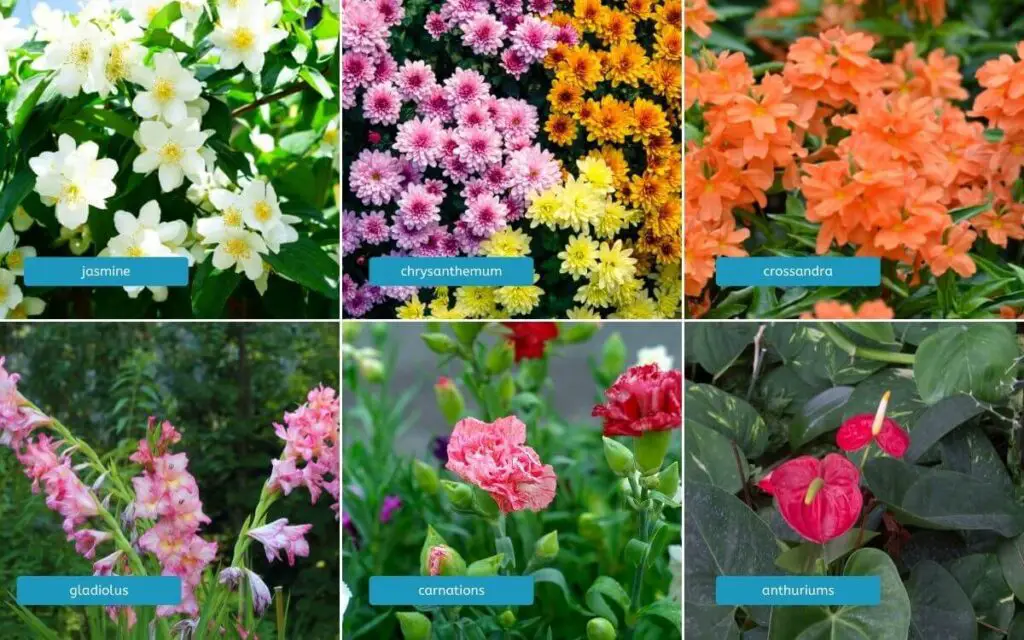
The field of floriculture entails the commercial production, marketing and arrangement of flowers and ornamental plants. Plants that belong to this category include annuals, biennials, and perennials such as trees, shrubs, climbers, and herbaceous perennials.
Landscaping is also a part of this field. Designing and reorganizing a portion of land with planting material and land reconstructions is called landscaping.
Flowers like jasmine, marigold, chrysanthemum, tuberose, crossandra, and aster are some examples. Furthermore, commercial cultivation of cut flowers, such as roses, orchids, gladiolus, carnations, anthuriums, gerberas, etc.
IV . Arboriculture

Arboriculture is the practice of cultivating, managing, and studying trees, shrubs, vines, and other woody perennial plants.
In arboriculture, a variety of cultural techniques are utilized, such as selection, planting, training, fertilizing, controlling pests and pathogens, pruning, shaping, and removal.
V . Spices
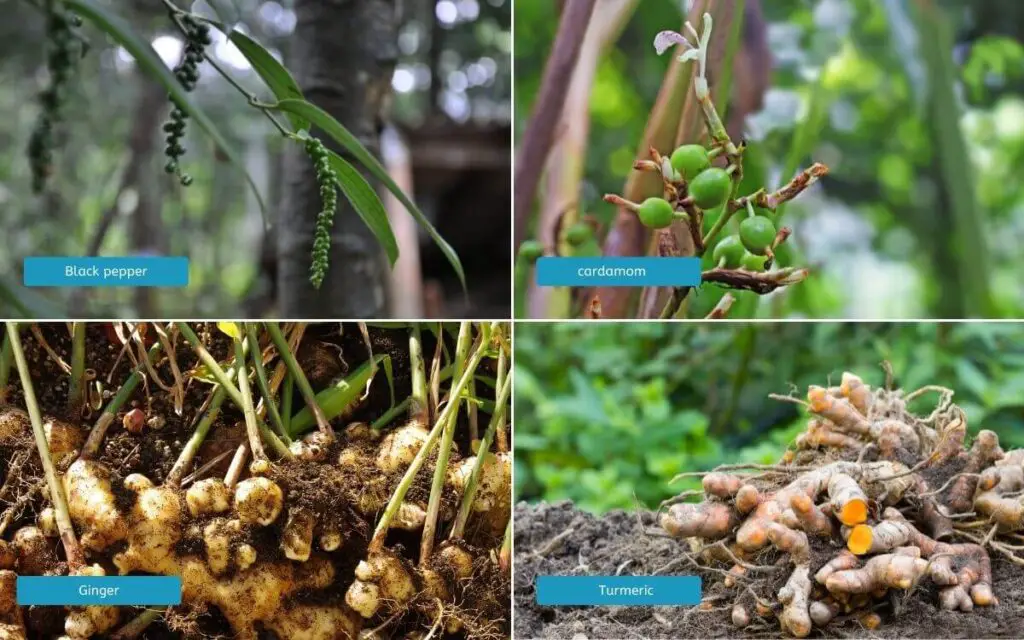
As horticultural crops, spices (generally used in their dried form) are defined as vegetable products or mixtures of vegetables. It is free of extraneous matter that is used for flavouring, seasoning, and aromatizing foods.
VI . Medicinal and aromatic plants (MAPs)

Pharmaceutical industries use medicinal plants for the preparation of a range of medicines for human and animal use. This is because they contain alkaloids and steroids that offer prophylactic and curative effects for many diseases.
Essential oils come from aromatic plants, and they are highly valued by the cosmetic and perfumery industries.
There are many medicinal plants such as isabgol, senna, opium poppy, periwinkle, coleus, ashwagandha, etc., as well as aromatic plants such as Japanese mint, lemon grass, citronella, davana, and patchouli.
VII . Post Harvest Technology
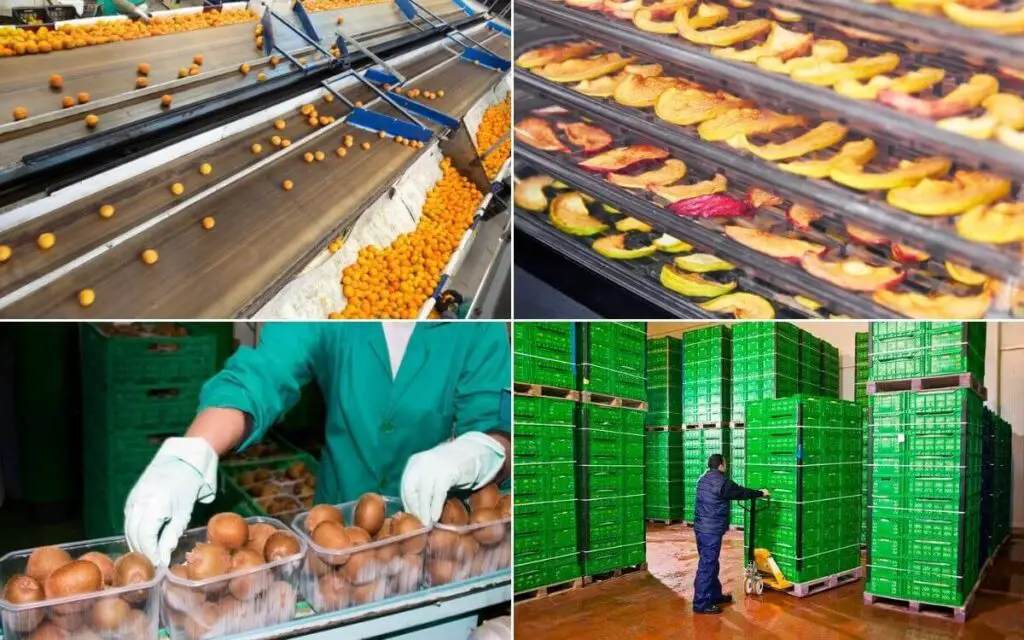
The post harvest handling, processing, value addition, marketing, storage, packaging and grading of horticulture crops are all covered by this field of horticulture. Some of the examples of post harvest technology in horticulture are milling, drying, waxing, polishing, packaging, sorting and grading, and storage.

